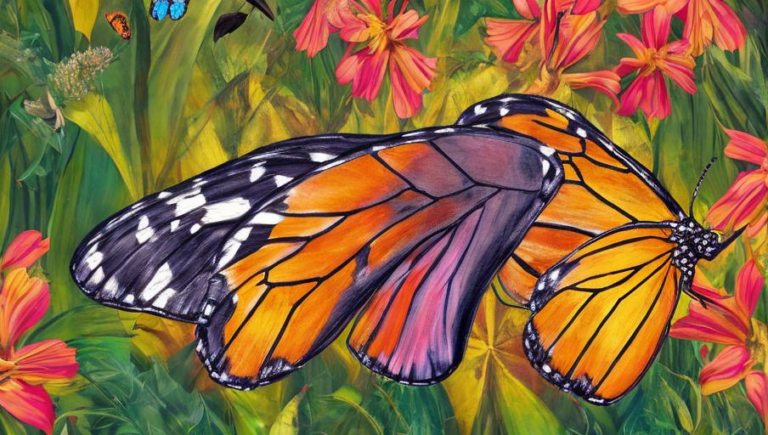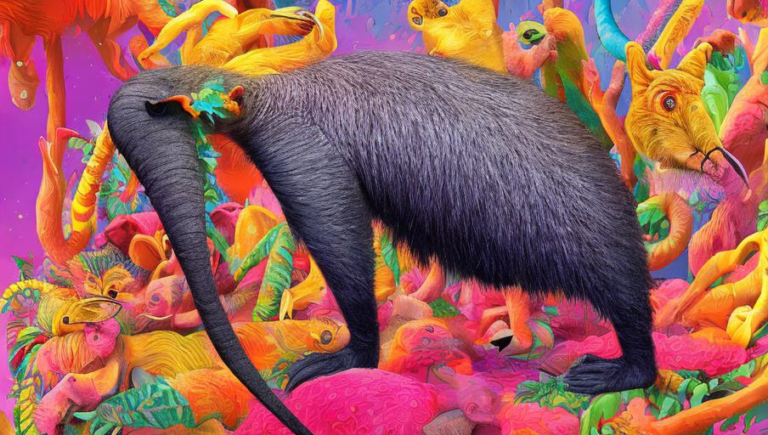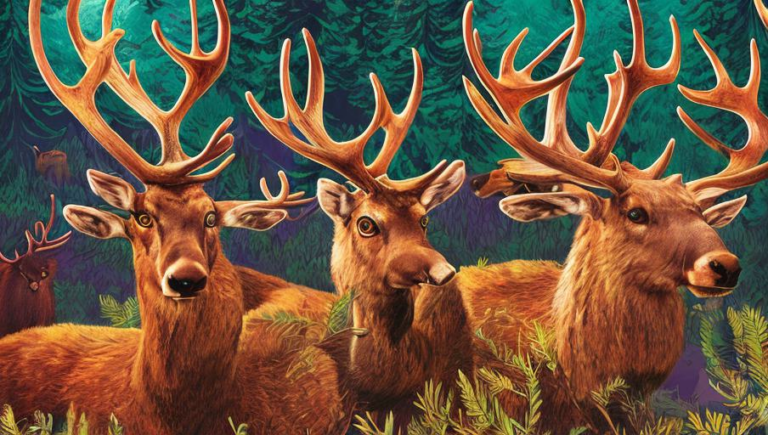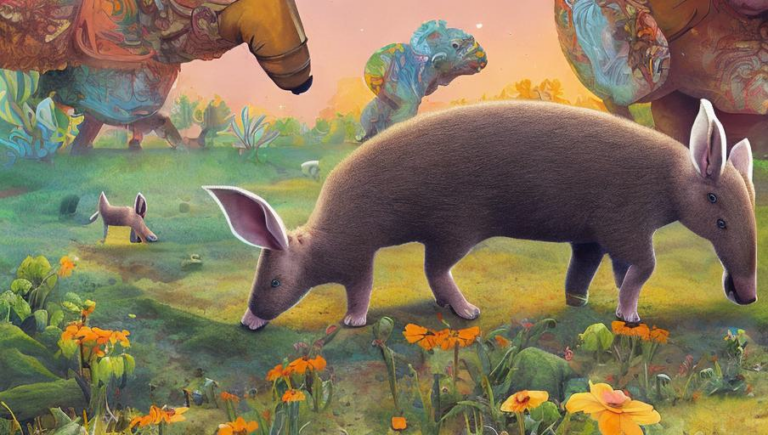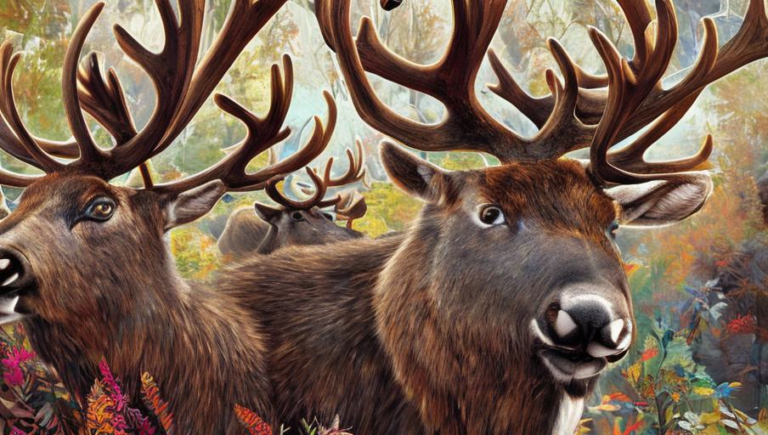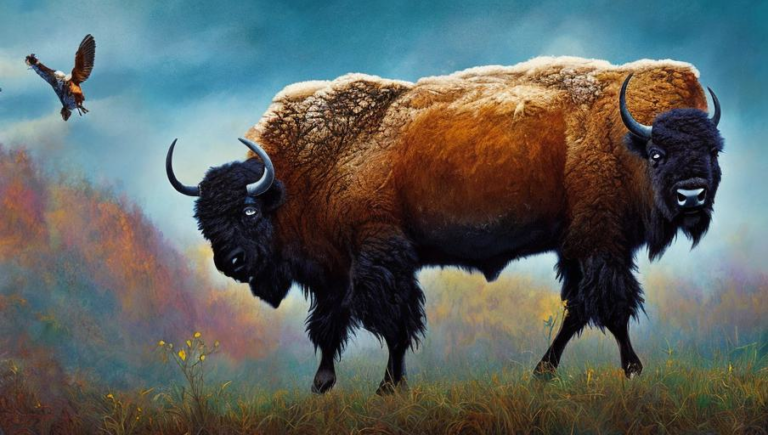Understanding the Aardvark’s Conservation Status
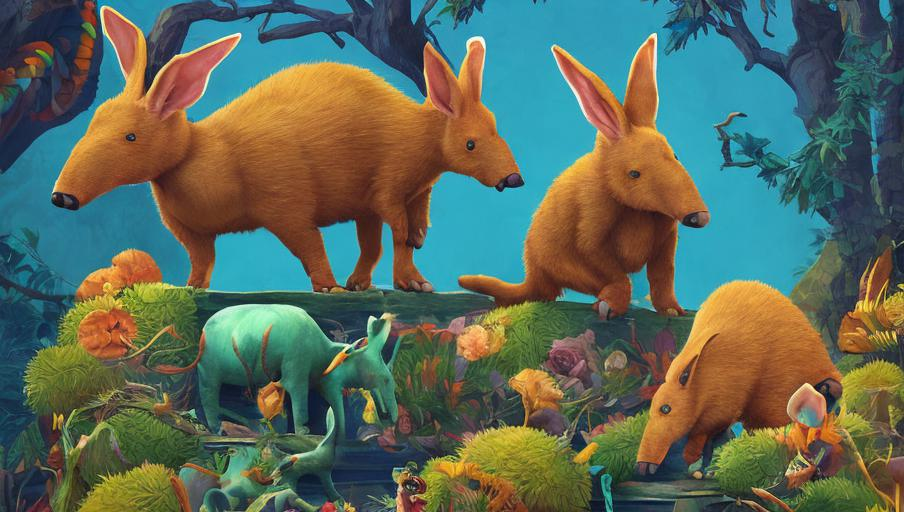
Introduction
Aardvarks are a species of mammals belonging to the Orycteropodidae family. They are native to Africa and are found in a variety of habitats, including open grasslands, savanna, and semi-arid areas. Aardvarks are known for their distinctive long snout and big ears. They are also nocturnal, meaning they are most active at night.
Unique Digestive System
Aardvarks have a unique digestive system that allows them to feed on different types of food, including fruits, roots, and insects. They have a long, sticky tongue that is used to catch ants and termites. Aardvarks are able to consume a large variety of food, as they can digest vegetation and insects. This is why they are important in their ecosystems, as they help keep insect populations in check.
Threats to Aardvark Conservation
Unfortunately, aardvarks are facing a number of threats that could put their conservation status at risk. These include habitat loss due to human activities, such as agriculture and urbanization. Aardvarks are also hunted for their meat, which can be a source of income for some communities.
Protection Efforts
Fortunately, there are many efforts being taken to protect aardvarks and their habitats. In some areas, national parks have been established with the goal of protecting the species from hunting and habitat destruction. Additionally, research is being conducted to better understand the species and their needs. Finally, education campaigns are being conducted to raise awareness about the importance of aardvark conservation.
Conclusion
The conservation of aardvarks is essential to maintaining the balance of the ecosystems they inhabit. Through the establishment of protected areas, research initiatives, and education campaigns, we can ensure that aardvarks and their habitats are protected for generations to come.
